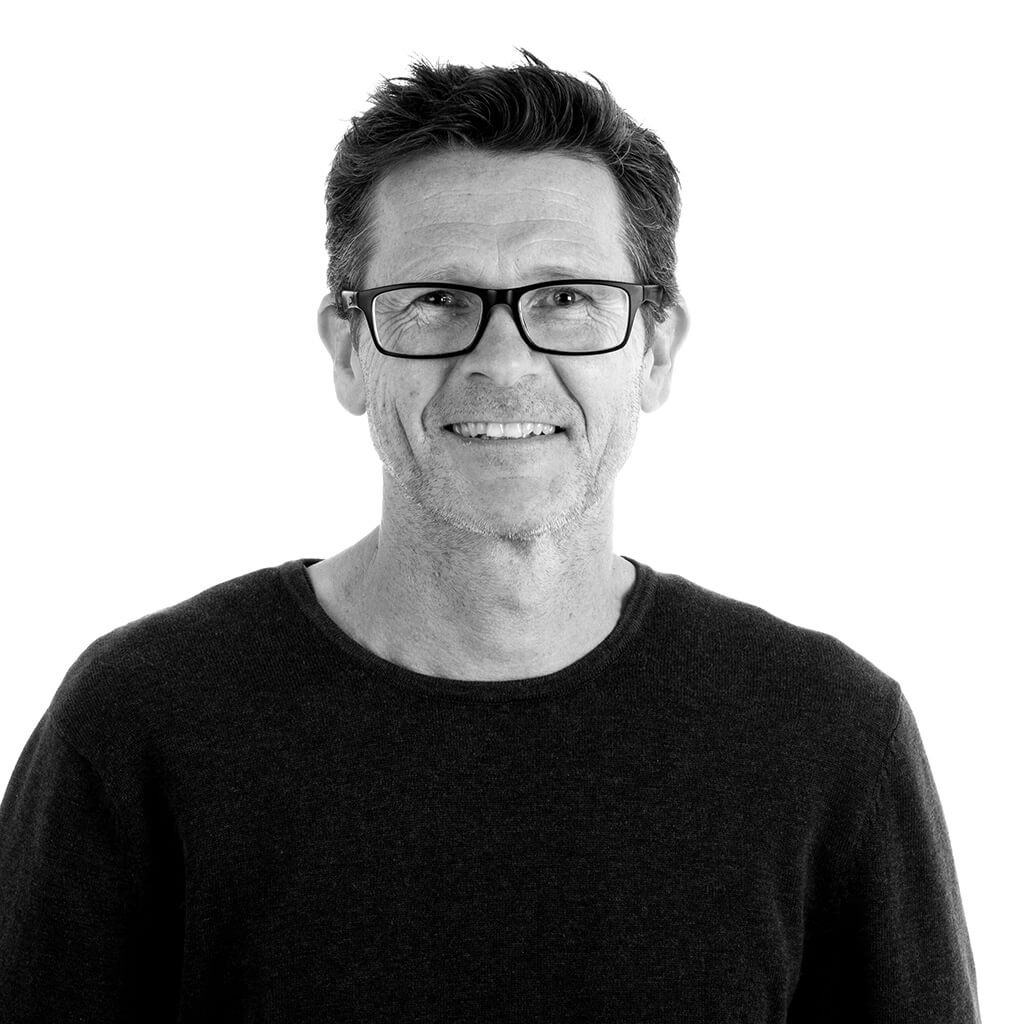You get what you pay for, you just may not see what you pay for
The design process
It’s a funny thing design because it is not a tangible process to create a design, like the process of say building a brickwall. This often causes clients to wonder where the cost has gone.
If a client pays someone to construct a brick wall for them, it is easy for the client to see the finished product of a solid wall standing in front of them and imagine the process of laying the bricks. The client can easily see that the wall contains 100 bricks at x amount each, plus mortar and took x amount of time to put up.
Design however is not so obvious, the client is presented with a design (completed ‘wall’) and can’t see all the ‘bricks’ in the make up of it.
The elements or ‘bricks’ used to construct a design, be it brand or advertisement include: research and knowledge of the market and its environment, experience, testing, perception and communication, and design which encompasses its own ‘bricks’ such as flair, composition, colour, texture, artistic interpretation, form and space etc.
These ‘bricks’ are not all physical and can’t always be seen, whereas the effect can because many of the design elements are emotive such as colour and shape, and we designers know how to use these elements to communicate the appropriate message to the viewer. Again because of the intangibles such as experience and knowledge.
Then there is the important process of crafting! It takes skill, craftsmanship and time to simply make something look good without even thinking about anything else. This is the crux of the design component, it may have the right message and research behind it, but if it just looks wrong and jars the viewer then it will flop. And most times the viewer will not be able to put their finger on why it doesn’t work, because it isn’t as simple or obvious as a wall being laid crooked.
And this crafting process is where all the time is used in the laying of ‘bricks’ such as: moving elements around to get the composition right, using appropriate styles, creating balance or visual tension, or selecting a colour pallet that gives contrast or harmony, the list goes on!
So even though the finished product may look minimal and uncomplicated, the construction is not created any quicker or with less ‘bricks’, in fact often more goes into creating less.
The fact is the bricks are all there in the construction process, but can’t all be seen.
